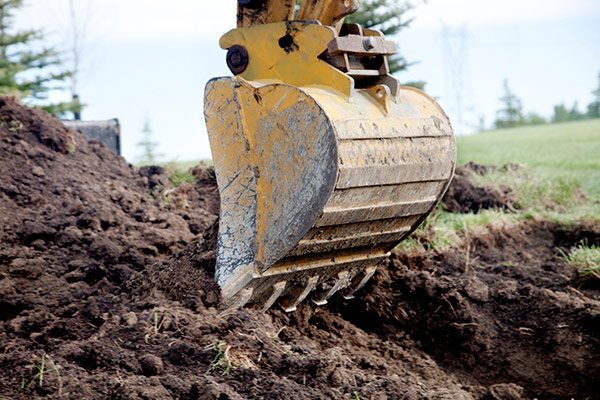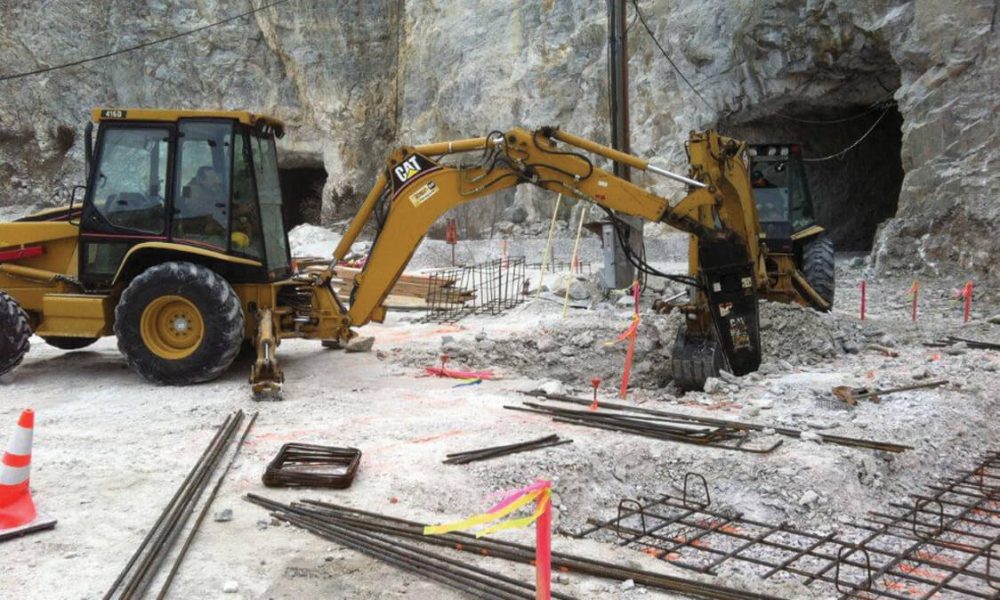Lancaster Trenching - Specialist Trenching Solutions in Lancaster, Ohio
Lancaster Trenching - Specialist Trenching Solutions in Lancaster, Ohio
Blog Article
Unveiling the Art of Excavation: Pro Tips for Safe and Productive Excavating
In the world of excavation, the mastery of productive and risk-free digging is an art type that requires adherence, accuracy, and expertise to established practices. As dirt is transformed and earth is moved, the ins and outs of excavation expose themselves, demanding an eager understanding of tools, soil composition, security procedures, and ecological considerations. The expertise required to navigate these elements successfully can mean the distinction in between a successful excavation task and a possible catastrophe. By untangling the layers of this detailed procedure, a globe of methods and insights waits for those seeking to elevate their excavation abilities to brand-new elevations.
Importance of Appropriate Devices
To guarantee the safety and efficiency of any kind of excavation job, using the appropriate devices is extremely important. Excavation jobs differ in scope and complexity, varying from little household landscaping tasks to massive building and construction tasks.
These functional machines come in various dimensions to match different job needs. Mini excavators are excellent for smaller sized tasks, while bigger excavators take on more substantial jobs effectively.
Bulldozers succeed in jobs that need pressing large quantities of dirt or debris. By investing in the suitable tools, excavation projects can be finished securely, on time, and with precision.
Comprehending Dirt Structure
A thorough understanding of soil composition is basic for carrying out excavation projects with accuracy and safety and security. Recognizing the different types of dirt is vital as it directly impacts excavation approaches, equipment choice, and general job performance.
Sand fragments are the largest and give good water drainage however supply little communication. Silt bits are smaller sized than sand but bigger than clay, providing modest drain and cohesion. Clay fragments are the tiniest and provide high communication yet bad drain. Raw material, such as decomposing plant material, impacts soil fertility and security.
Prior to starting excavation, performing soil tests to identify its make-up and features is important. This details aids in selecting the suitable equipment, implementing security actions, and creating excavation methods tailored to the details dirt conditions - septic ohio. By recognizing soil structure, excavation specialists can improve job outcomes while guaranteeing security and adherence to ideal methods
Safety And Security Measures and Methods
Recognizing dirt composition is the keystone whereupon security steps and protocols for excavation tasks are built, making certain the health of employees and the success of the venture. There are numerous vital steps that should be executed to alleviate risks and stop mishaps. when it comes to security throughout excavation.
Firstly, prior to any kind of excavating starts, an extensive examination of the site must be conducted to recognize any possible dangers such as underground energies, unstable soil problems, or nearby structures that can pose a danger. It is critical to have a competent individual oversee the excavation procedure to guarantee that all safety protocols are complied with strictly.
Moreover, all employees involved in the excavation should be correctly learnt safe excavating techniques and the correct operation of tools. Individual safety devices (PPE) such as construction hats, high presence clothes, handwear covers, and safety boots must be put on whatsoever times to lessen the danger of injuries. excavating ohio. Routine safety and security meetings and toolbox talks should likewise be conducted to maintain all workers informed concerning prospective dangers and reinforce safe job techniques. By sticking to these security actions and methods, excavation tasks can be completed successfully and without incident.
Reliable Excavation Preparation
When embarking on an excavation job, meticulous preparation is vital to ensure effectiveness, safety, and effective end results. Efficient excavation planning involves a number of essential actions that are vital for the smooth execution of the project. The initial step is to carry out a comprehensive site assessment to determine any prospective risks, such as underground energies or unstable soil problems. This information is vital for creating a detailed excavation i thought about this strategy that includes safety procedures and risk reduction techniques.
As soon as the website analysis is full, the next action is to create a clear timeline and timetable for the excavation activities. This includes figuring out the sequence of jobs, devices requirements, and workforce allowance. Appropriate scheduling aids avoid delays and makes sure that the job stays on track.

Additionally, communication among all employee is extremely important during the preparation phase. Clear instructions, regular updates, and efficient sychronisation are important for a successful excavation project. By spending effort and time in careful preparation, excavation groups can dramatically enhance efficiency, minimize risks, and accomplish effective results.

Managing Environmental Considerations
With boosting focus on environmental sustainability in building techniques, handling environmental factors to consider has actually ended up being an important aspect of excavation projects. Excavation activities have the potential to influence the surrounding setting with dirt disintegration, debris runoff, environment interruption, and contamination of water resources. To alleviate these dangers, it is necessary to carry out finest methods that prioritize ecological protection.

Additionally, correct waste management is vital to avoid dirt and water contamination. Implementing procedures for the disposal of harmful products, recycling of waste materials, and lessening the use of dangerous chemicals can considerably decrease the environmental effect of excavation jobs. By incorporating these techniques right into excavation planning and execution, building and construction business can make sure that their tasks are not just risk-free and effective however also environmentally liable.
Verdict
Finally, grasping the art of excavation requires a complete understanding of proper equipment, soil make-up, security procedures, and reliable preparation. By following these standards and taking directory into consideration environmental factors, excavations can be carried out securely and effectively. It is essential to prioritize safety and security and performance in every digging project to ensure successful outcomes.
As dirt is transformed and earth is moved, the ins and outs of excavation expose themselves, requiring an eager understanding of equipment, soil make-up, safety methods, and ecological considerations.To ensure the safety and effectiveness of any kind of excavation job, using the ideal tools is vital.A thorough understanding of soil make-up is essential for implementing excavation projects with accuracy and security. Understanding the different types of soil is vital as it directly influences excavation approaches, devices option, and overall job effectiveness. By understanding dirt make-up, excavation professionals can enhance project end results while guaranteeing safety and adherence to finest techniques.
Report this page